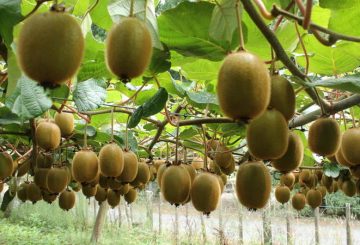New Zealand’s property market experienced the highest number of residential property sales for the month of February in 14 years.
Real Estate Institute of New Zealand (REINZ) found a 14.6 per cent year-on-year increase in property sales for New Zealand in February 2021, from 6951 sales in 2020 to 7964 sales. The Auckland market made a significant contribution to this annual growth, despite being in Level 3 Lockdown for three days in February 2021, with sales up 34.6% – from 2061 to 2775.
“Interestingly, sales volumes in the West Coast were the highest we have seen in nearly 17 years, with a 58 per cent increase on the same time last year. Conversations with local agents have highlighted that there has been an uplift in inquiries across the region in part due to the affordability of the West Coast but also for lifestyle reasons and that expectations are the West Coast is likely to remain busy for the next couple of months” REINZ chief executive Bindi Norwell said.
Last month, median prices for residential property across the country reportedly increased by 22.8 per cent year-on-year, from $635,000 to $780,000. Auckland’s new record median house price came after a 24.3 per cent increase, currently sitting at $1,100,000.
While the Auckland property market experienced significant growth over the past year, the rest of New Zealand saw a 6.1% increase in residential property sales over the same period, with 9 of the 16 regions experiencing annual increases in sales.
“It’s highly likely that some of this uplift can be attributed to both investors and owner-occupiers looking to purchase ahead of the LVR restrictions coming back into effect in March and the slight uplift in listings we’ve seen over the last couple of months,” said Norwell.
It is expected that property sales will continue to rise despite the implementation of loan-to-value ratio restrictions, however this sales will depend on the number of new listings the market receives across the country.























































-helped-regain-her-strength-and-balance-using-Nymbl-after-a-fall.-660x440.jpg)


